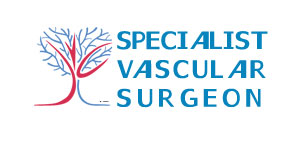The popliteal artery is behind the knee joint and carries blood from the upper to lower part of the leg. A popliteal aneurysm is an abnormal bulging of the popliteal artery.The risk factors are the same as for other arterial aneurysms, namely family history, smoking, blood pressure etc.Popliteal aneurysms are different, in that the main problem is not rupture, but rather blockage of the aneurysms causing severe shortage of blood supply to the lower leg and foot. If left too late the problem may be difficult to salvage and there is a high risk of amputations. For this reason popliteal aneurysms should be treated.
|

